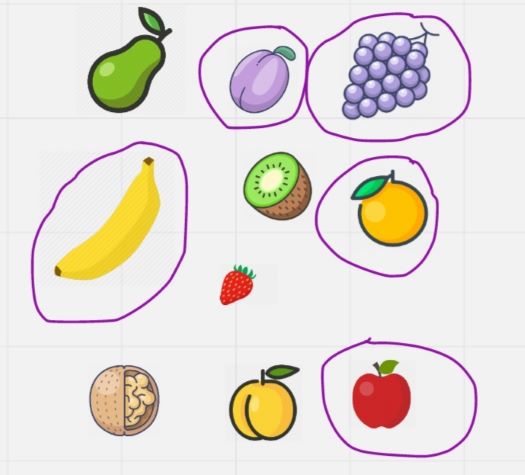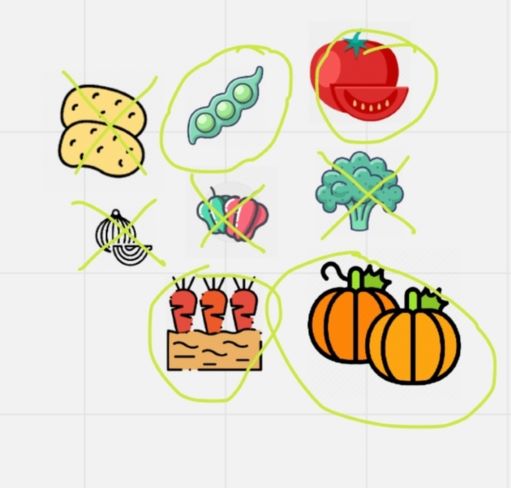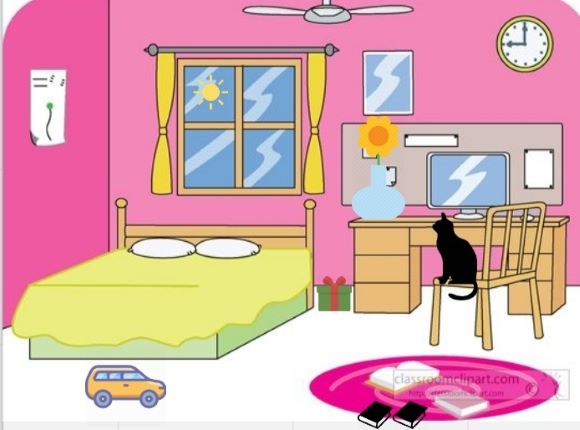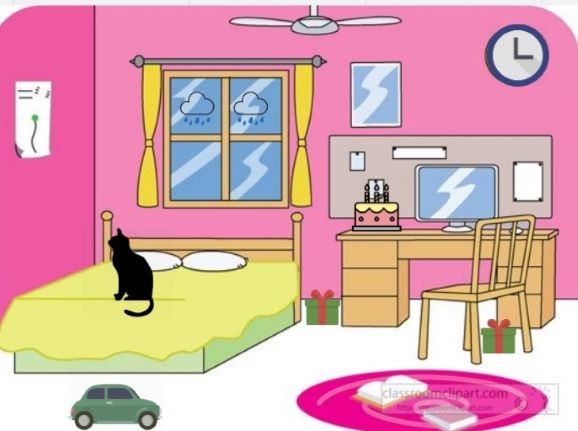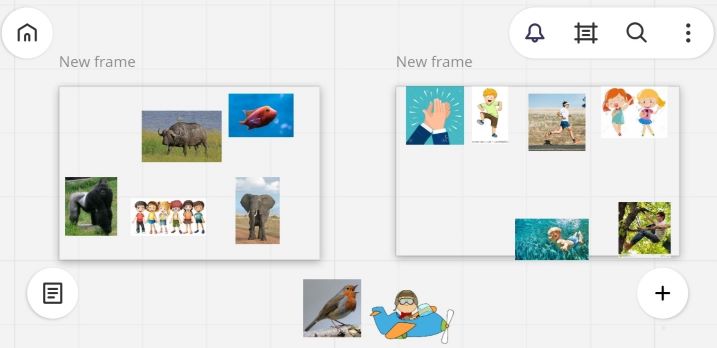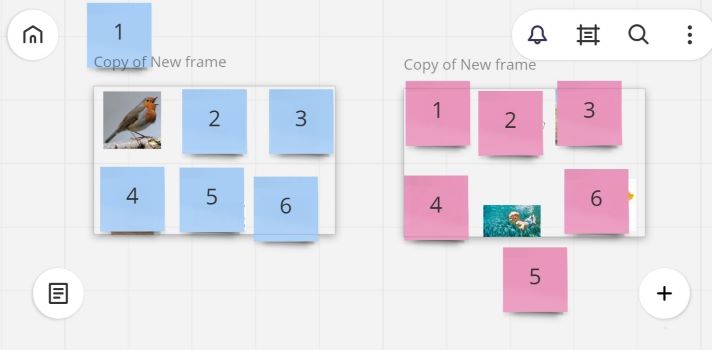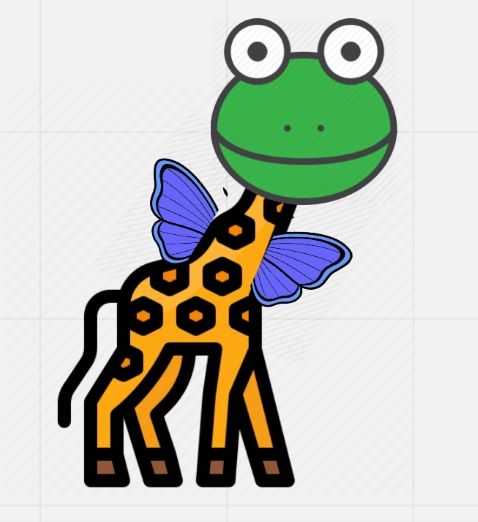Ha! It was working!
Again, I made it happen. They were sitting in pairs, facing each other, making riddles, answering, all by themselves. I was sitting in the corner, just keeping an eye.
First reaction? To run out of the classroom, shout it from the rooftops or, since they were just in the hallway, tell me students’ parents. But then, just then, I hesitated because, in my mind’s eye, I saw their reaction. What if I really did rush out, with a victorious ‘Your kids can play in pairs!!!!’
What would they do? They’d just look at me with an eyebrow raised. They do know that their 4 and 5-year-old sons and daughters can play in pairs. They did see it, a million times, in playgroups, in the playgrounds, in kindergartens, at home…what’s the big news here?
Indeed. If you at the types of play and the age slots when kids normally are capable of engaging, then yes, for a long time, children are only taking part in unoccupied play (0 – 2), solitary play (2-3), onlooker play (2.5 – 3.5) and parallel play (2.5 – 3.5) but even the children aged about 3- 4 do engage in associative play and, a bit later, from the age of 4, in cooperative play. And that means, that for most of the EFL students (with some exceptions as there are school which admit 2 and 3-year-olds), there is nothing, from the point of view of child development, that should prevent children from interacting with each other and working together towards a common goal, without the adult, or rather, with the adult being involved only marginally.
Consequently, they should be able to take part in a pairwork activity in an English class because why not?
Naturally, some provisions related to the age of the participants will have to be made and the whole definition of what a pair-work activity is, adapted. And things such as the inability to read and write, the level of English, the duration of the activity, the ability to stay on the task…but these are the things that we work on anyway so…
Personally, I think I became obsessed with pairwork in the early years about five years ago. The group I was teaching was big, nine or even ten students at a time. They were absolutely amazing, some of them I still teach today, but there were ten of them and I felt really unhappy. They did not produce as much as they could have as we had to focus on whole class activities. Until, one day, I had enough of that, and out of this desperation, I started taking my first steps towards pairwork. From that group on, nothing was the same, pairwork was there on the table, for this and for all the other groups. There is no way back.
This year, with my new level 1 group and with the BKC Conference approaching, I decided to run an experiment, a small case study, just to put the pairwork with pre-schoolers on a timeline, out of curiosity and for the other teachers, too.
The group
There were seven kids in that group, two boys and five girls. The youngest of my students was around three, the two oldest ones – five years old.
The course
The group studied once a week, for sixty minutes. We had a pacing schedule and we did use the coursebook. In many ways, this was a typical level 1 group. We did things in the way that I normally did them with a level one group, the only real difference was that I kept my eyes open and I kept the journal of the whole experiment. Throughout the whole project, I did plan to go through it in the most organic of ways, without speeding the process, observing the kids and moving on to the next stage when they were ready.
Stage one: weeks 1 – 12: the start of the course
During these first twelve weeks of the course, we did absolutely everything that we do when we start with a new group, including:
- The first vocabulary sets: colours, numbers, school things, toys
- The first functional language phrases: hello, goodbye, blue, please, thank you, who’s next, are you ready, it’s big, it’s small etc.
- Establishing and working on the routine
- The first everything: the first lesson with the coursebook, the first story, the first craft, the first video, the first holiday
- Developing social skills, building the class community
Stage two: a new game: week 13
Since the kids already knew the toys vocabulary and we had played some simple flashcards games, I decided to introduce a more complex game and the basis for the whole project: the guessing game ‘Is it?’
In week 13, we played the game for the first time, ever, with the kids sitting in a circle, with the teacher leading the game. I did have to play it up a little bit, in the beginning, pretending to be student A and student B but they got the idea of the game very quickly. I did accept the one-word production but some of the older children started to ask full questions from the very beginning.
Stage three: students take over: week 14 – 18
At the time I was not sure when this particular stage would happen, I wanted to wait for the kids to be ready and I was getting ready to wait. But, surprise surprise, they were ready, already in the following lesson.
I did play a few rounds, with me in the lead and then, invited a few of them to lead the game. They did need my help with holding the cards and keeping the game going but that’s really it. It was all natural and they were more taken aback by the fact that, out of all eight of them, not everyone did have a go.
Stage four: team vs team: the stage that did not happen
When I was staging the whole process, I did plan the stage in which the kids divided into teams would be playing the game, with one set of cards.
The idea was that would be slightly more independent, at the same time not being exposed and supporting each other in the game and the teacher could still supervise them effectively.
However, when we were sitting down to play the game, one of the pairs, grabbed the cards that were lying on the side, took them and, without any further ado, started to play the game, with the child sitting nearest, using full sentences.
This is when I realized that we were ready for the next stage so we proceeded.
Stage five: pairs: lesson 19 – 24 and onwards
It just happened and it was a success, despite the fact that between the whole Christmas break took place between lesson 18 and 19 and the fact that a student came back after a longer trip. As soon as the kids saw the materials, they knew what was to come (I knew because they were commentating in Russian) and to reinforce the whole idea, I prepared another set of seats, in another part of the classroom.
Stage six: the follow-up: interrupted by the pandemic
Here, again, I can only tell you about everything that I was planning to do, and everything that I could not do because we are chased out of the classroom by the coronavirus.
The first step was to be switching the vocabulary, to push the boundaries of the familiar and the unknown a bit, and play the same guessing game with school objects and colours.
The second step was to switch the game and, hopefully, swish through a few stages and use a game to play in pairs, Abracadabra, Pelmanism or One or many.
Reflection
All in all, it was very easy and pretty straightforward despite the fact that the kids were quite young and despite the fact that we only did meet once a week. I would imagine that, if we had classes more regularly, for example twice a week, even less time would have been required and we would have met our aims even faster.
If you haven’t tried pairwork with pre-primary, then use the first opportunity and go for it!
The contributing factors
- Seating arrangements: very important, especially for the first few times with pair-work. It does make it a bit more complicated for the teacher, to put together mini-stations with two stools facing each other or, even better, two stools at a small table, in a reasonable distance from the other mini-stations but it really does contribute to the whole project. Kids can only see their partner; they have a small working space in front of them and the other pairs are automatically excluded. Out of sight, out of mind.
- Material arrangement: very important. Colourful flashcards are great and beautiful to look at but they proved to be too big to manipulate for some of the little hands. It was too much of a challenge to shuffle them, one of twice they did spill onto the carpet and if the kids really wanted to keep them a secret, they did press them tight to their chests and the flashcards got folded and creased. This is how the black and white mini-flashcards appeared. Even if they got torn, lost, destroyed, it was super easy to replace them. To make sure that they were not see-through and they don’t fly out of the little hands, the colourful envelopes appeared. The students very quickly learnt to associate these envelopes with this particular game
- Material coherence: This is in order to ensure that they students will be using the full structures and that they will be using the grammatically correct language. Naturally, it will depend on the activity and the vocabulary set. In our case, we started using pairwork with toys but I decided to eliminate ‘puzzles’, ‘crayons’ ‘blocks’ from this particular game. I did not want my students to overgeneralize and use ‘Is it?’ with a noun in plural and, at this point in the game, they had not learnt the plural form ‘Are they?’ and I did not want to overcomplicate things.
- Voices to show interest: especially in the beginning, while modelling, when the teachers themselves are their own student B and student A. A little bit of theatre goes a loooong way here.
- Decision making: or in other words, teaching kids to be independent. In a regular lesson, there are plenty of opportunities for the students to make decisions about the lesson – choosing the colour of the stool to sit on, choosing which song to sing, which game to play, the order in which they join the circle, or who is the next one to lead the game. This way, step by step, the little people learn that the teacher is always the hub and not the only hub in this little community and it all comes in handy later on, during the pairwork tasks.
- Leading the game: as soon as the kids become familiar with the activity, they can be given the opportunity to ‘be the teacher’ and lead the game. This way they will be producing more language but, from the point of view of pair-work, they will be also better prepared to take a bit more responsibility for the game.
- S-S interaction: as with leading the previous point, the students should be given many opportunities to interact with other students, without the teacher. Obviously, with the little ones, these exchanges will be limited to saying hello and goodbye to each other, not only to the teacher, to students asking each other ‘How are you?’, to students giving out pencils, asking for them and saying thank you etc.
- Pairing-up aka Clever teacher: Ideally, of course, everyone should be able to work with each other and be on good terms with everyone in the group and building these relations is one of the general aims of the course. However, getting to that place is a process and work in progress and it will take time. For that reason, it might be a good idea, to consider pairing children up in a way that will be contributing to pairwork, with the hope that the benefits for the community spirit will be secondary here. There might be two factors to take into consideration, on the one hand pairing up the children that work well together, on the other pairing up the younger with the older, creating perfect conditions for this pairwork ZPD, with one student the expert, the other the novice.
- Functional language: We started with the key language necessary for this particular game (Is it…? Yes, it is. No, it isn’t) and only later, when the time came, we added ‘I give up!’ which turned up to be necessary. When we were about to start the proper pairwork, I added chants to give it a proper framework, ‘Are you ready? 3…2…1…Let’s play!’ to start the activity and ‘Let’s finish. 10.9.8.7.6.5.4.3.2.1. Well done!’
If you are interested in the topic of language production in pre-schooler, make sure you check out the posts on Colourful Semantics, discourse clock, using songs and activities based on developing cognitive skills.
References
*) This is the presentation I gave at the BKC IH Conference: Exprience, Excellence, Expertise, Moscow February 2020

